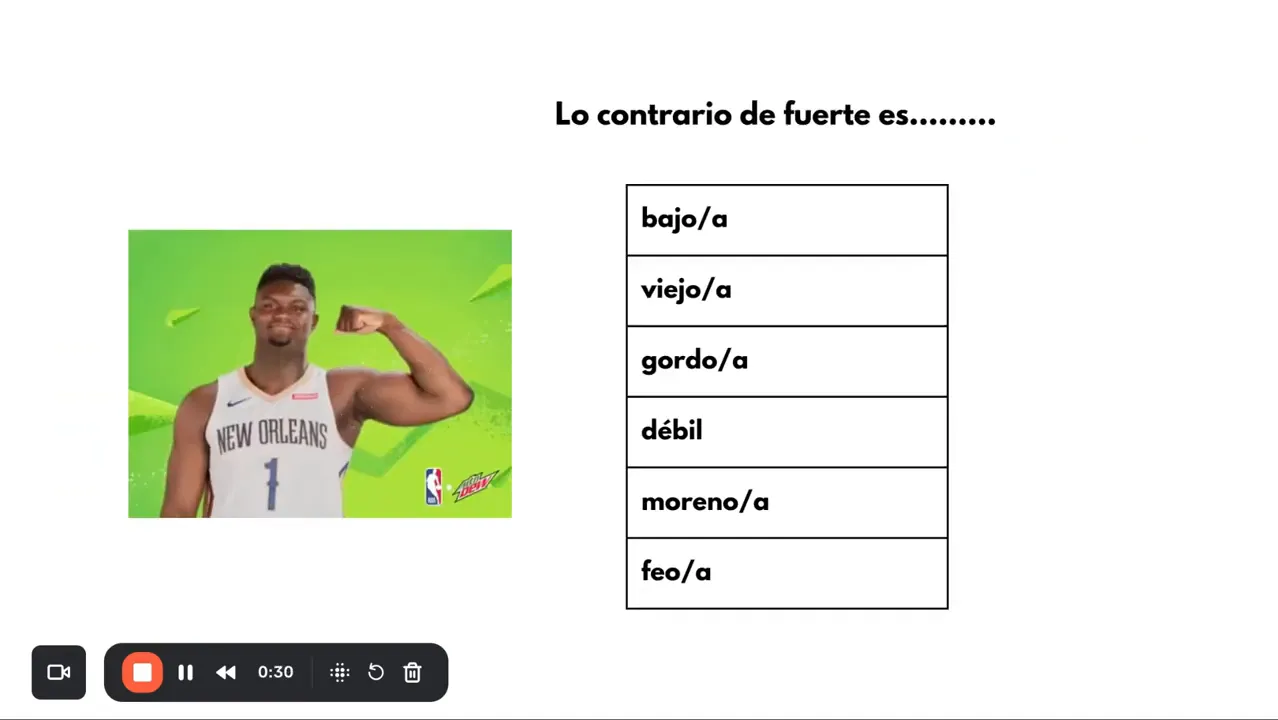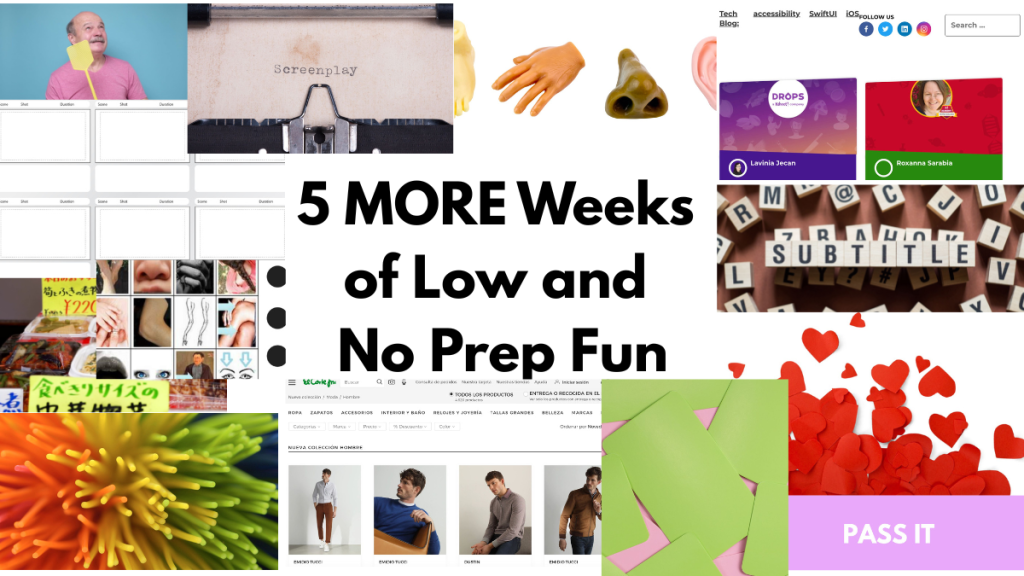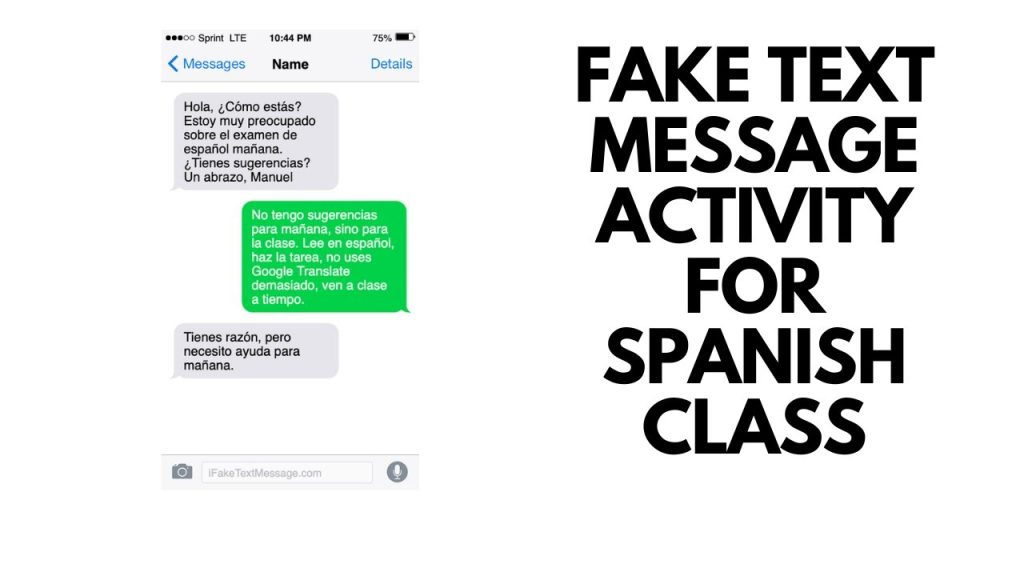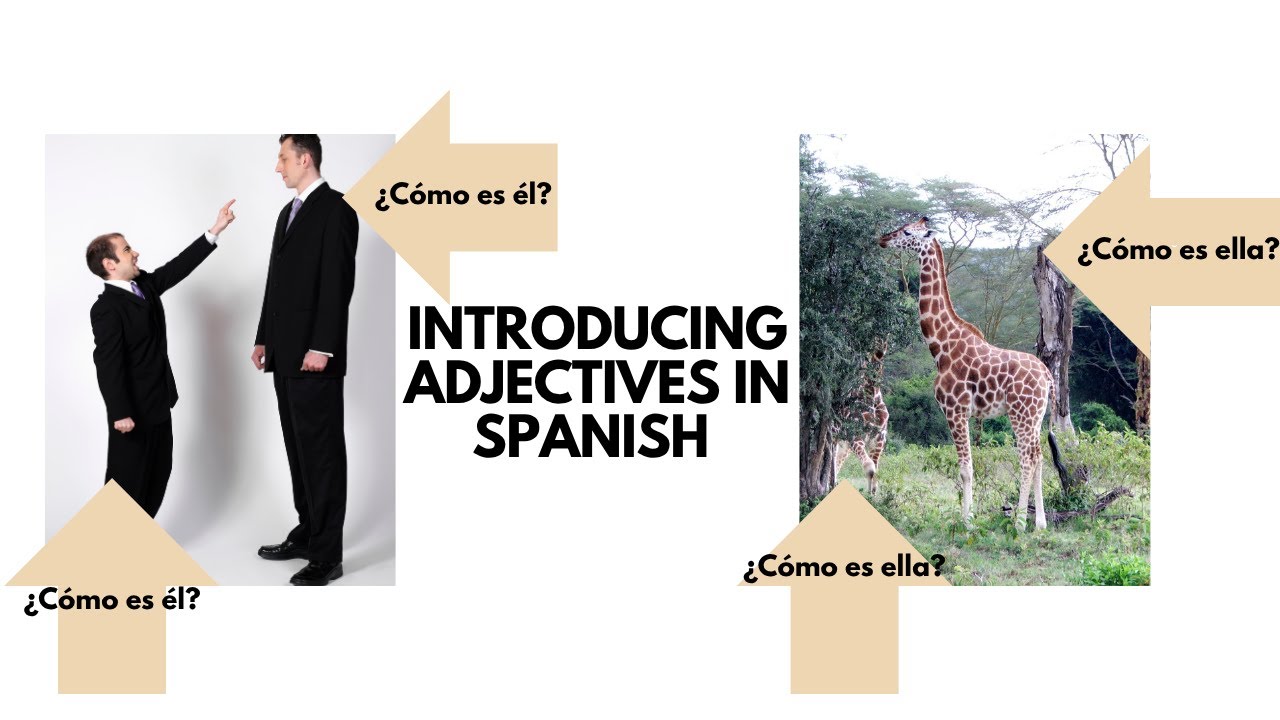
In a short clip from a fellow educator on YouTube I share a classroom-tested idea: Introducing adjectives in Spanish by using opposites. This approach is quick to set up, immediately engaging for students, and helps make new vocabulary meaningful through contrast and exaggeration.
“A great way to introduce adjectives is to do opposites.”
Why opposites are such a powerful entry point
When you present two opposite adjectives side by side, learners can infer meaning from context rather than memorising isolated words. Introducing adjectives in Spanish this way creates clear semantic anchors: big vs small, happy vs sad, fast vs slow. The contrast reduces confusion about gender and number at first, because students focus on meaning before form.
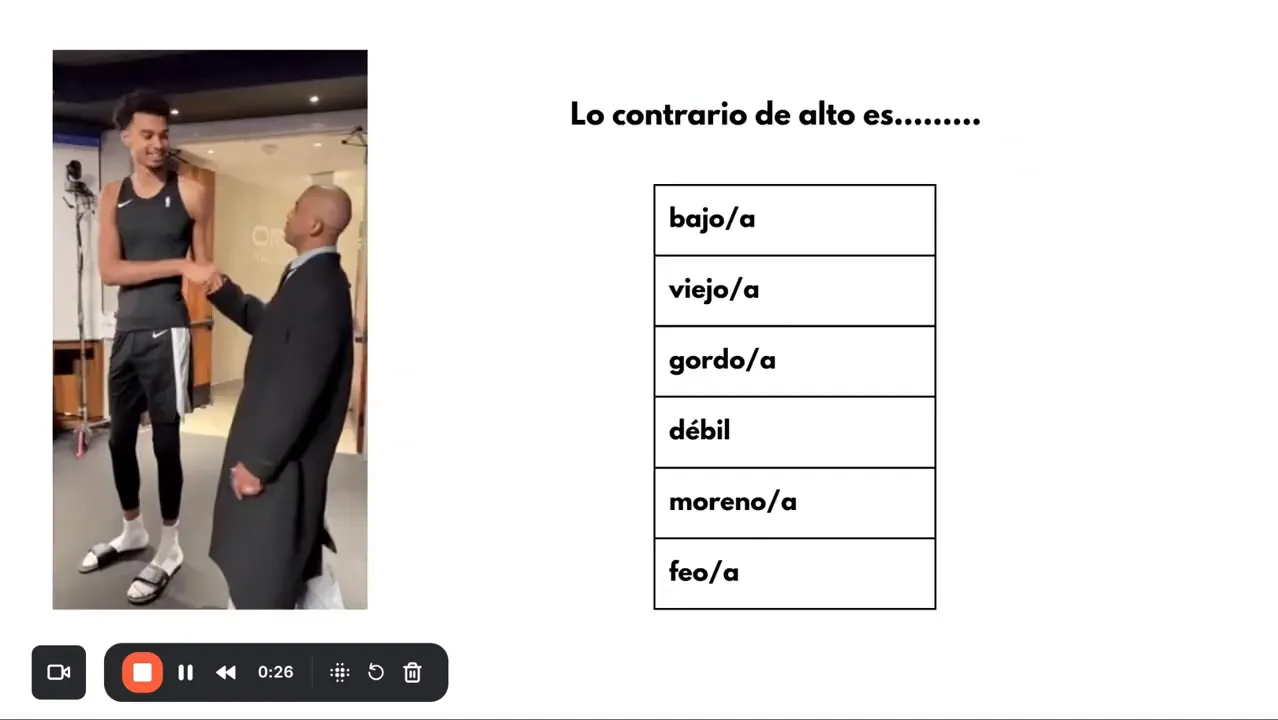
An easy step-by-step activity you can use tomorrow
- Show one pair of opposites (e.g., grande / pequeño). Say each word with gestures and visuals.
- Model exaggerated, silly examples to make the meaning stick (for example: “un perro gigantesco” and “un perro diminuto”). The more ridiculous, the more memorable.
- Ask students to replace your examples with their own images or ideas—encourage creativity and personalisation.
- Repeat with several pairs, alternating whole-class and pair work so everybody gets practice hearing and saying the adjectives.
- Finish with a short, low-stakes quiz to check comprehension—matching, true/false, or a quick write with opposites.
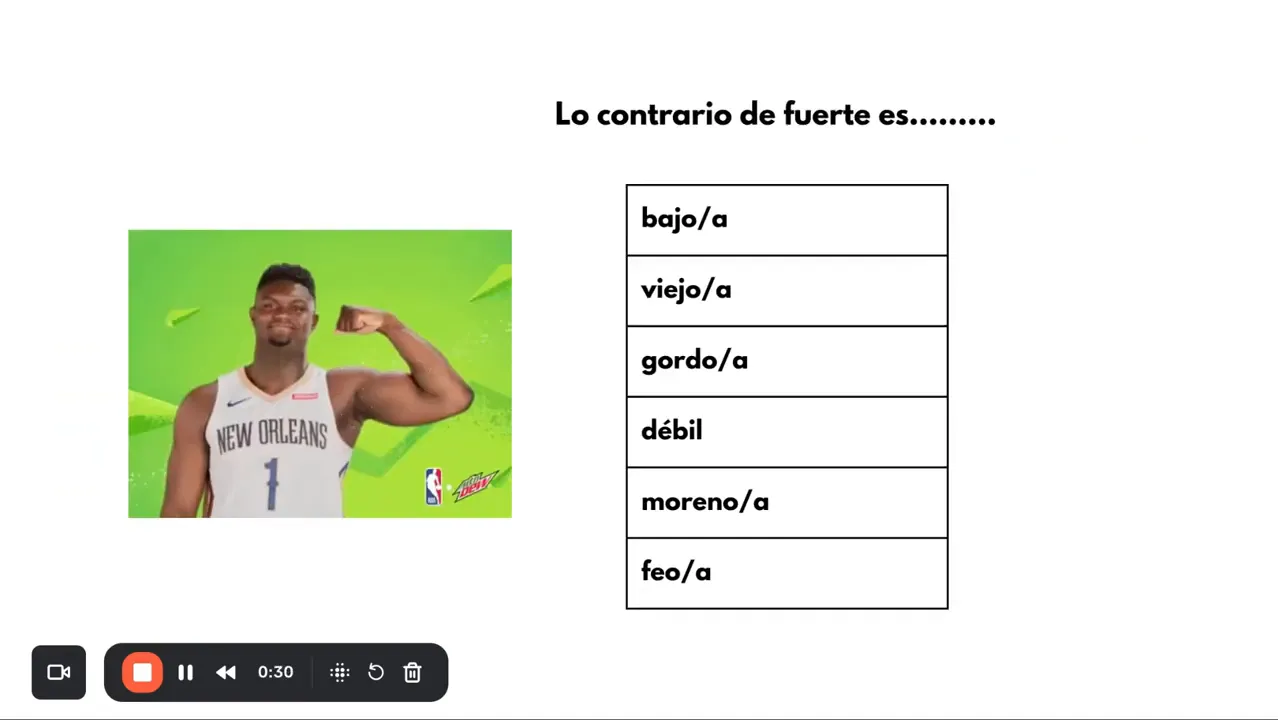
Sample prompts and exaggerated examples
- grande / pequeño — “una casa gigantesca” vs “una casita diminuta”
- rápido / lento — “un guepardo rapidísimo” vs “una tortuga lentísima”
- feliz / triste — “un payaso superfeliz” vs “un muñeco muy triste”
Encourage students to invent silly comparisons. That “ridiculous” element is deliberate: it lowers affective filter and boosts recall.
Assessment: a little quiz at the end
Keep the quiz short and focused. Examples of quick checks:
- Match the adjective to a picture.
- Choose the opposite from a multiple-choice list.
- Write two sentences using a pair of opposites—one as model, one original.
Wrapping up
Introducing adjectives in Spanish doesn’t have to be boring. Use opposites, make examples exaggerated and memorable, let students personalise the content, and finish with a small quiz to confirm understanding. Try this sequence in your next lesson and watch vocabulary stick.
